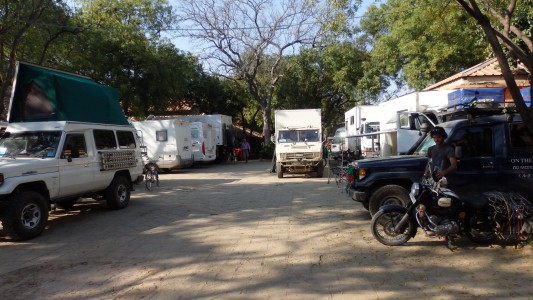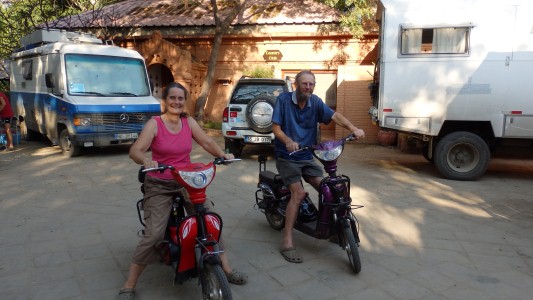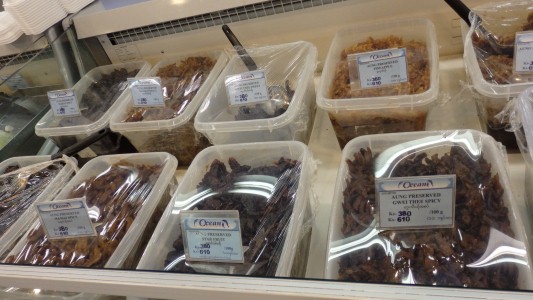
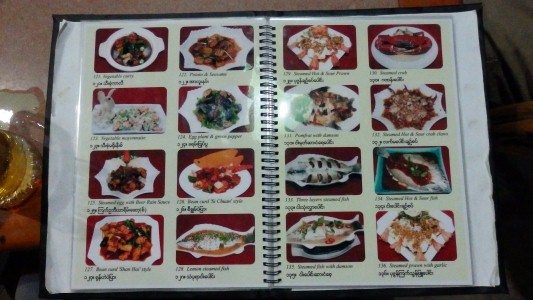
Eating by pictures.
We splurged on a $6 each meal.

There are certainly inequalities visible to us, but we think we will have to revisit what is meant by "developed".

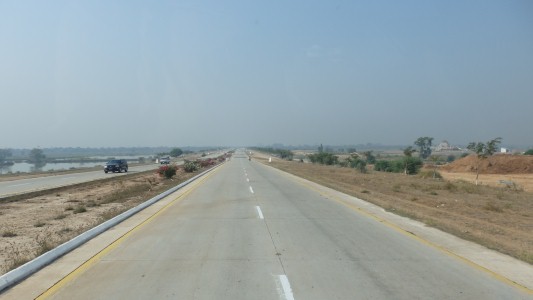
Instead we found an arid looking landscape with Acacia trees.
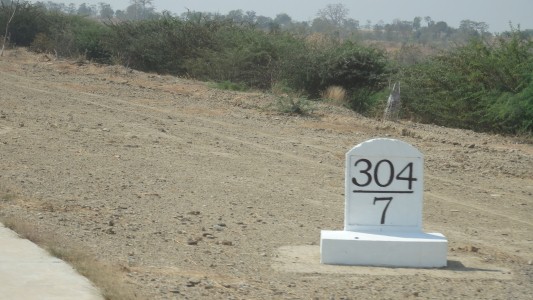
No, really.
304 miles and 7 furlongs.
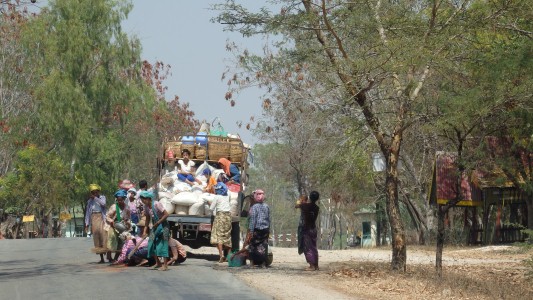
We think a bag of rice dropped off the back of the truck.
It is all being swept up.
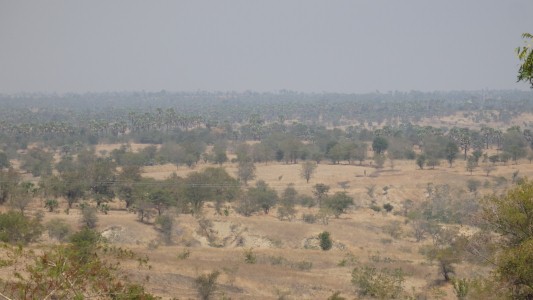
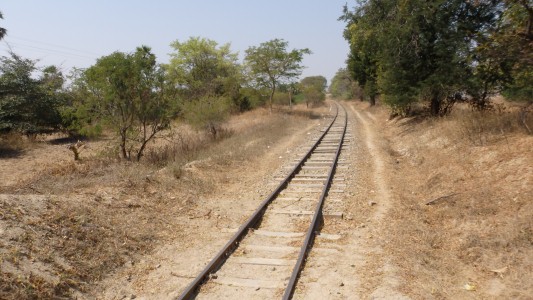
Track needs a bit of maintenance.
Others have seen steam as well as diesel locos. We haven't been so lucky with the steam.

A well in the foreground.
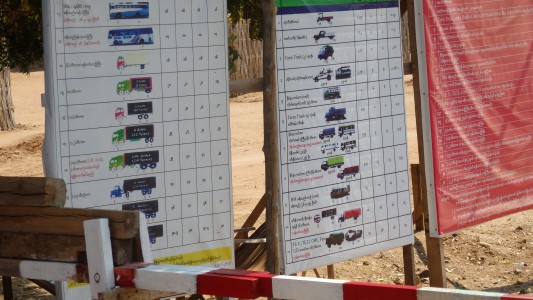
We argue a bit about whether we are "class 2" or "class 4".
At this toll booth the true complexity of the calculation was on display.
No wonder we have to queue.
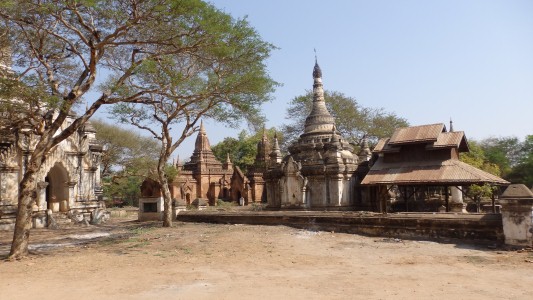
Pagan was founded in the 9th century by the Mranma who entered Burma from the north.
In the late 10th century the city state had grown sufficiently to dominate the area which is now central Myanmar.
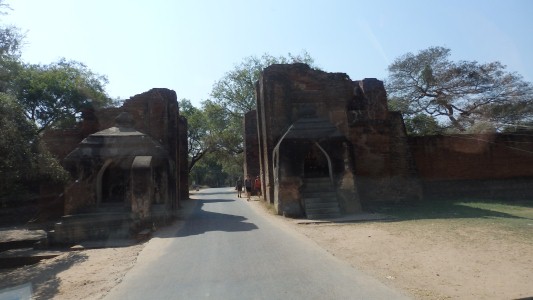
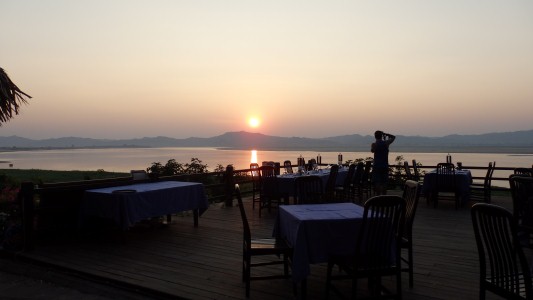
With a restaurant view across the Irrawaddy.

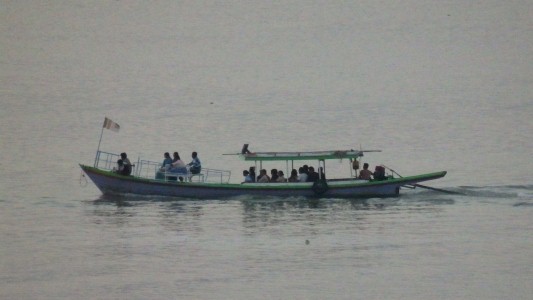
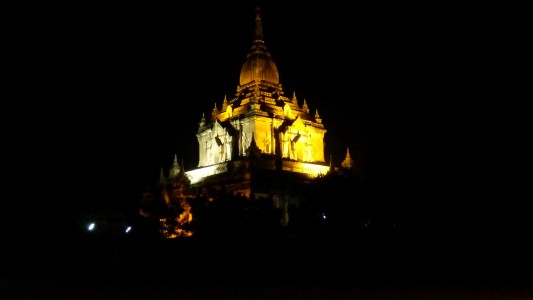
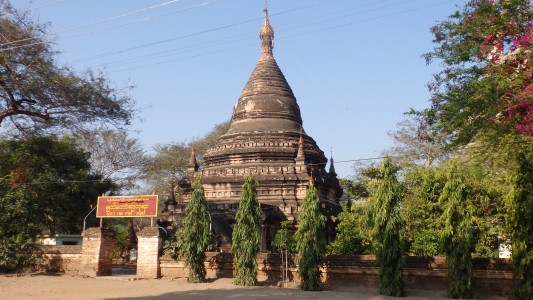
If you can imagine an area of 104 km2 with 10,000 temples and stupas you can imagine Pagan.
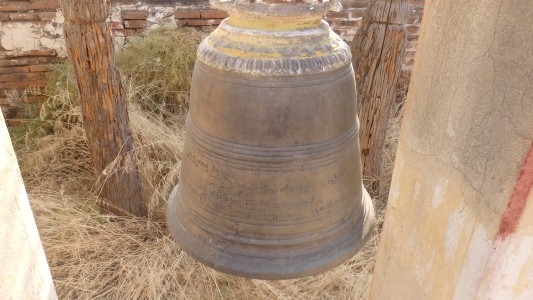
Bells seem to be frequent.
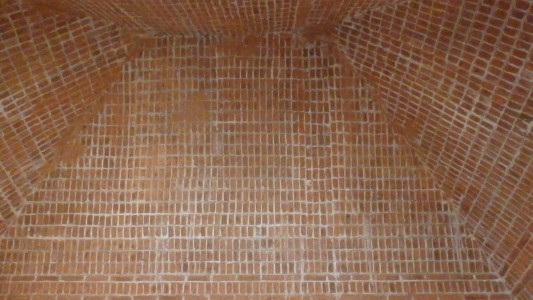
Not quite a domed roof but certainly arched.
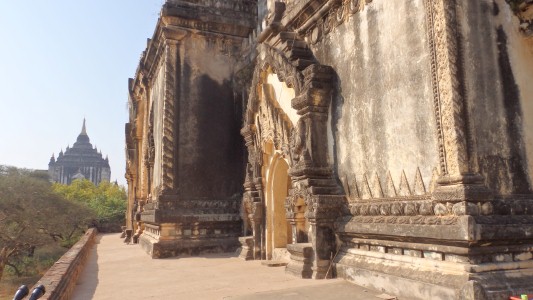
Built in 1131.
Stupas are closed constructions with a relic at their core. Temples are open constructions to be entered for worship.
In this area some temples have four entrances (like this one), others only one.
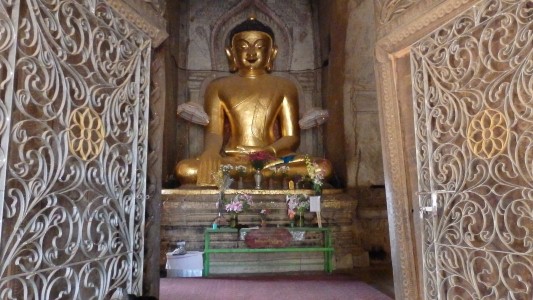
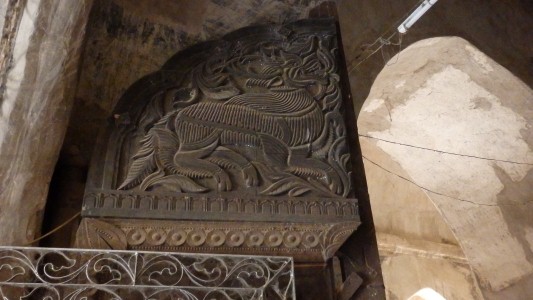
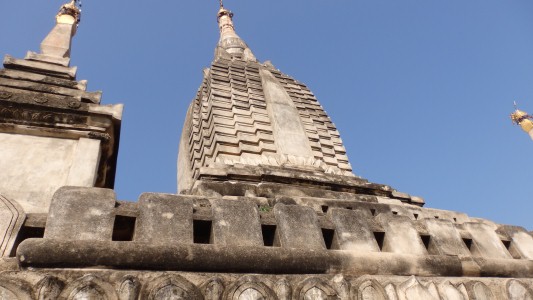
Instead, some not so careful renovation, with a cynical view of attracting tourists.
Thus, the area has been denied world heritage status.
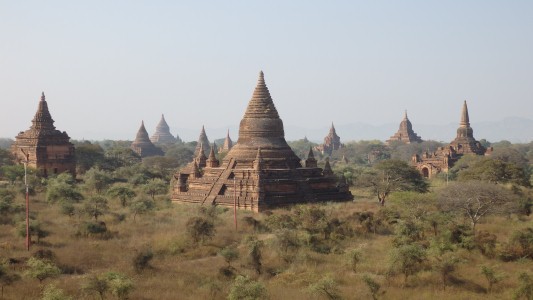
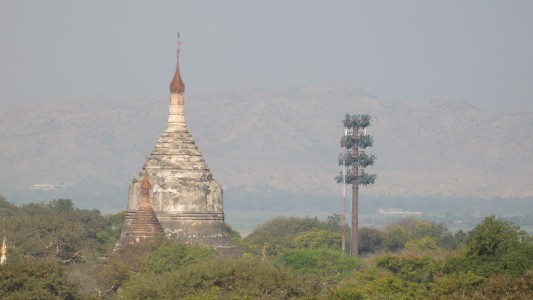
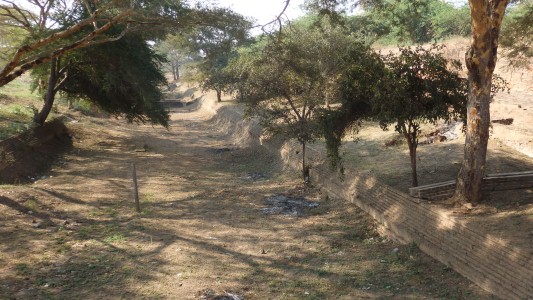
To either side is the remains of the moat.
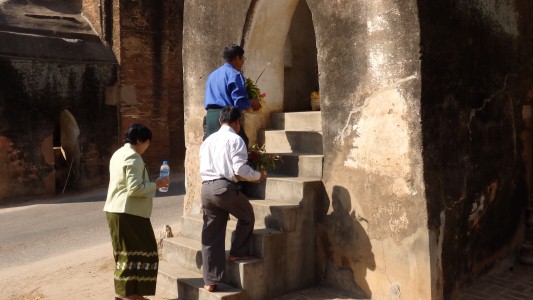
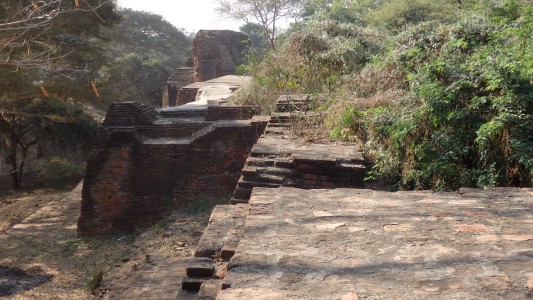
We walked along it for about 100m.
The kingdom fell into decline around 1275. Firstly because of the activities of Kublai Khan as he sought to extend his Yuan dynasty Empire southwards onto the plain of the Irrawaddy. Secondly because so much land had been granted for religious use, free of taxes, that there was insufficient left to support the state.
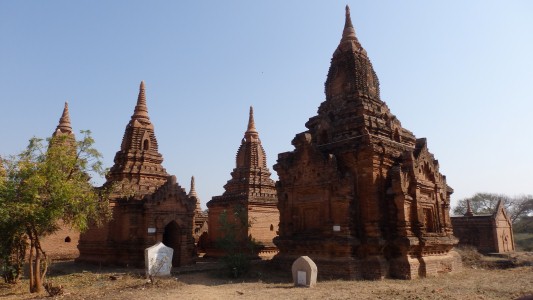
The origin of the design is southern India.
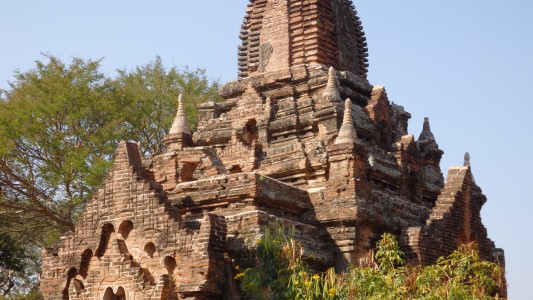
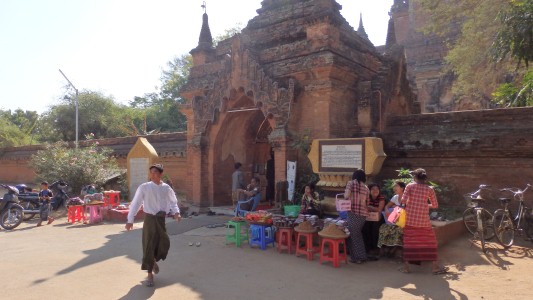
Built in 1218.
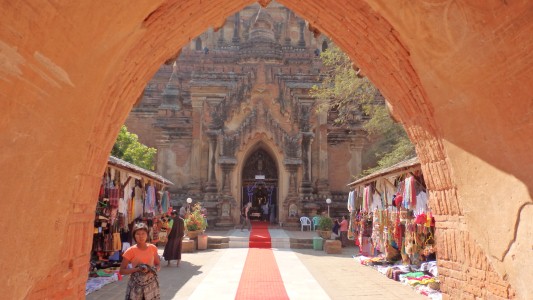
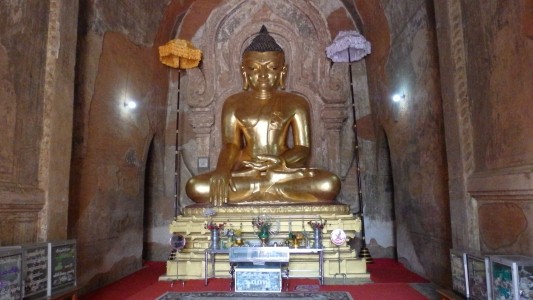
One facing each entrance.
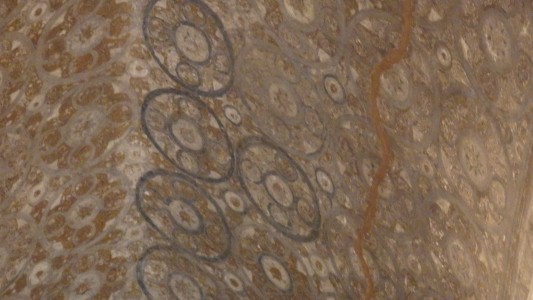
Patterns on the roof arches here.
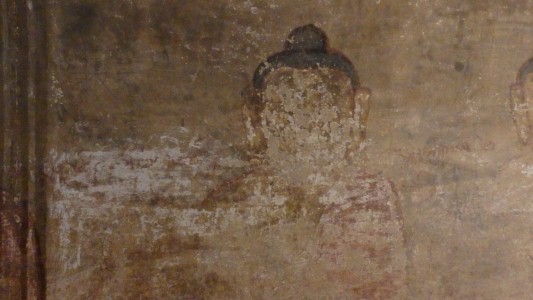

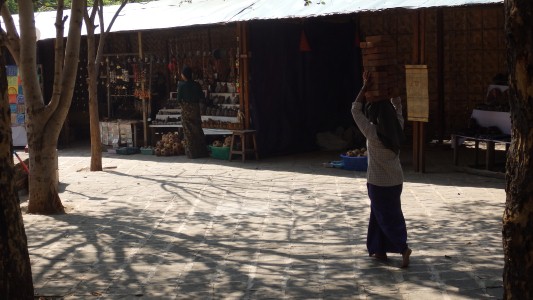
No hod for this young lady, carry the bricks on head.
Right now I couldn't lift that many.
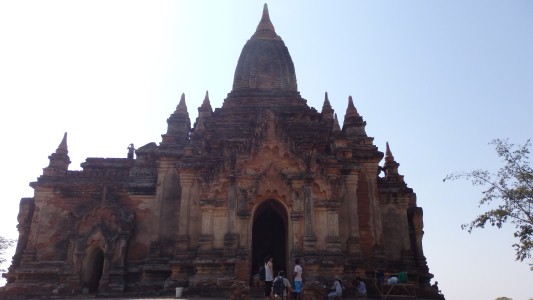

Bamboo forms the base.
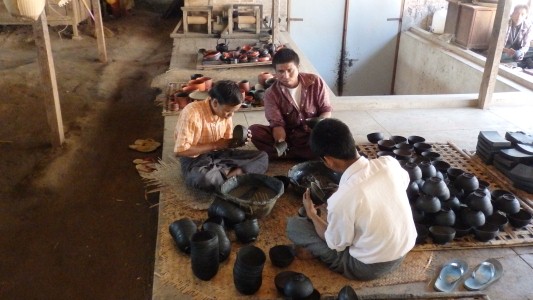
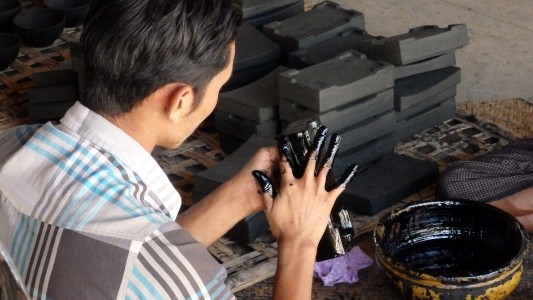
There was a faint, but not overwhelming, smell of solvent.

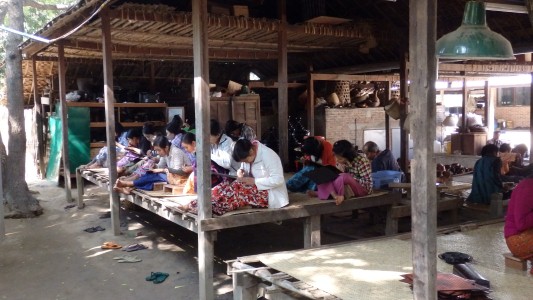
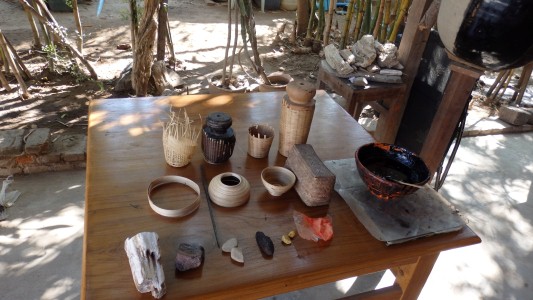
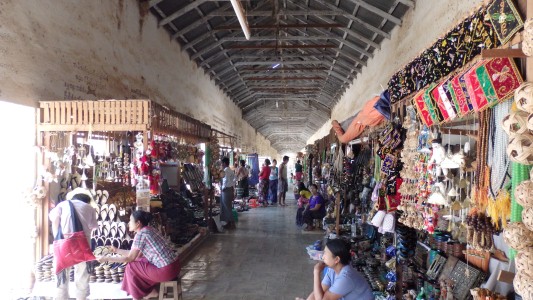
The major attractions are designed to have tourists run the gauntlet of souvenir stalls.
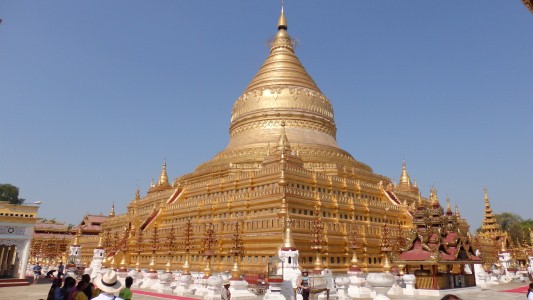
Three terraces.

We are a tad exhausted, the temperature is low 30's and humidity high.
Hot in the sun.
We retire to rest in the midday heat, and maybe venture to the Archeological Museum later.
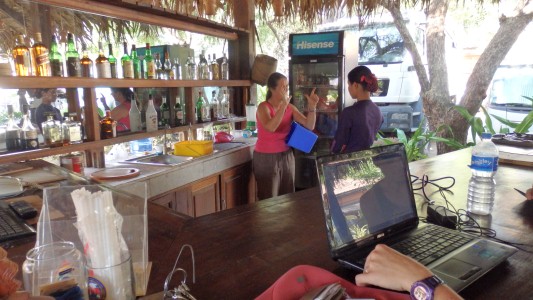
Ali took two buckets.
We filled up with about 6 bucket fulls.
Have you any idea how easy it is to loose count of these things.
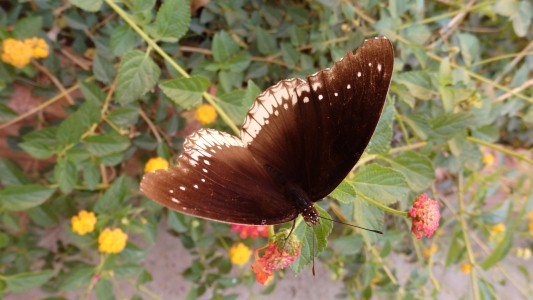
Complete with butterflies.
Just a suggestion as to why Australian Agriculture is so strict on cleaning. Lantana takes over in Aus.
